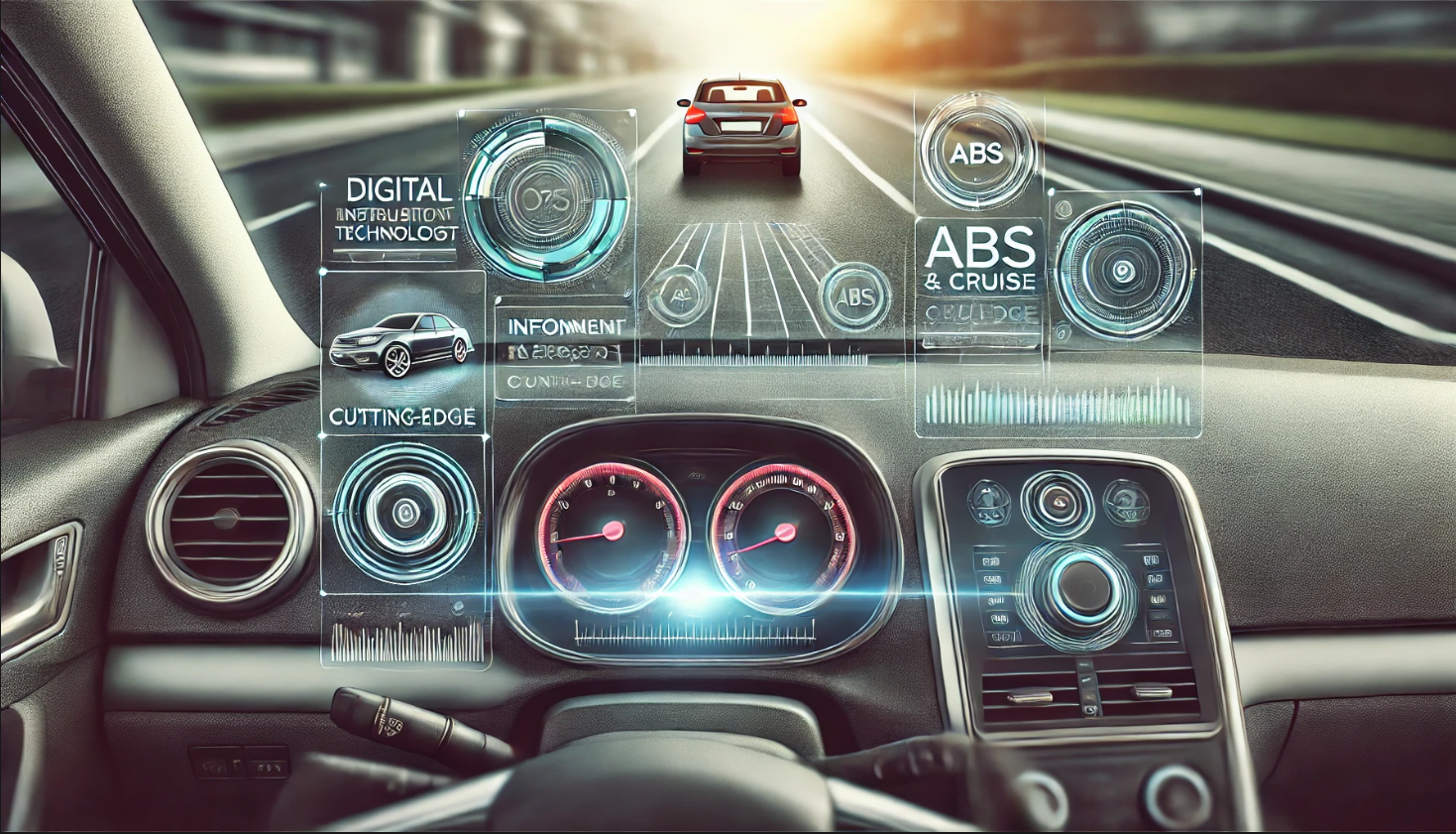The automotive industry has witnessed remarkable technological advancements over the past century. Innovations that were once considered groundbreaking and complex have now become standard features in modern vehicles. This article explores the historical development of such technologies, highlighting their evolution from novel concepts to everyday essentials.
1. Anti-Lock Braking System (ABS)
Historical Context:
Introduced in the 1970s, ABS was initially a high-end feature in luxury vehicles. The system was designed to prevent wheel lock-up during emergency braking, thereby maintaining steering control.
Evolution to Standardization:
By the late 1990s and early 2000s, ABS became a standard feature in most passenger cars, driven by advancements in electronic control systems and increased emphasis on vehicle safety.
2. Electronic Stability Control (ESC)
Historical Context:
ESC systems emerged in the mid-1990s, aiming to enhance vehicle stability by detecting and reducing loss of traction. Initially, ESC was available only in premium vehicles due to its complexity and cost.
Evolution to Standardization:
Recognizing its significant impact on reducing accidents, regulatory bodies in various countries mandated ESC in new vehicles by the early 2010s, leading to its widespread adoption.
3. Airbags
Historical Context:
The concept of airbags dates back to the 1950s, but practical implementation began in the 1970s. Early airbag systems were rudimentary and primarily featured in luxury cars.
Evolution to Standardization:
Throughout the 1990s, airbags became standard in many vehicles, with advancements leading to the development of side, curtain, and knee airbags, further enhancing occupant protection.
4. Fuel Injection Systems
Historical Context:
Mechanical fuel injection systems appeared in the mid-20th century, primarily in high-performance and racing vehicles. These systems offered better fuel delivery than carburetors but were complex and expensive.
Evolution to Standardization:
The 1980s and 1990s saw the transition to electronic fuel injection (EFI) systems, which provided improved fuel efficiency and emissions control, leading to their standardization in most vehicles.
5. Cruise Control
Historical Context:
Invented in the late 1940s, cruise control allowed drivers to maintain a constant speed without manual throttle input. Initially, it was a luxury feature due to its mechanical complexity.
Evolution to Standardization:
With advancements in electronics, cruise control systems became more affordable and were widely adopted in vehicles by the late 20th century.
6. Power Steering
Historical Context:
Power steering systems were introduced in the 1950s to assist drivers in steering, especially in larger vehicles. Early systems were hydraulic and added significant weight and cost.
Evolution to Standardization:
The development of electric power steering (EPS) in the late 20th century reduced weight and complexity, leading to its widespread adoption in modern vehicles.
7. Automatic Transmissions
Historical Context:
Automatic transmissions emerged in the 1940s, offering drivers an alternative to manual gear shifting. Initially, they were costly and less efficient, limiting their appeal.
Evolution to Standardization:
Improvements in design and efficiency led to the widespread adoption of automatic transmissions, becoming standard in many vehicles by the late 20th century.
8. Tire Pressure Monitoring Systems (TPMS)
Historical Context:
TPMS technology was introduced in the 1980s to alert drivers of under-inflated tires, primarily featured in luxury vehicles.
Evolution to Standardization:
Following safety regulations in the early 2000s, TPMS became a mandatory feature in new vehicles in many regions, leading to its standardization.
9. Rearview Cameras
Historical Context:
Rearview cameras first appeared in luxury vehicles in the early 2000s, providing drivers with improved visibility while reversing.
Evolution to Standardization:
As the technology became more affordable and regulations mandated their inclusion, rearview cameras became standard in most new vehicles by the 2010s.
10. Keyless Entry and Ignition Systems
Historical Context:
Keyless entry systems were introduced in the 1980s, allowing drivers to unlock vehicles without a physical key. Keyless ignition followed in the 1990s.
Evolution to Standardization:
Advancements in security and convenience led to the widespread adoption of keyless systems, becoming common features in modern vehicles.
Conclusion
The automotive industry continues to evolve, transforming once-complex technologies into standard features that enhance safety, performance, and convenience. As innovation progresses, today’s cutting-edge advancements may become tomorrow’s commonplace standards, reflecting the dynamic nature of automotive development.


